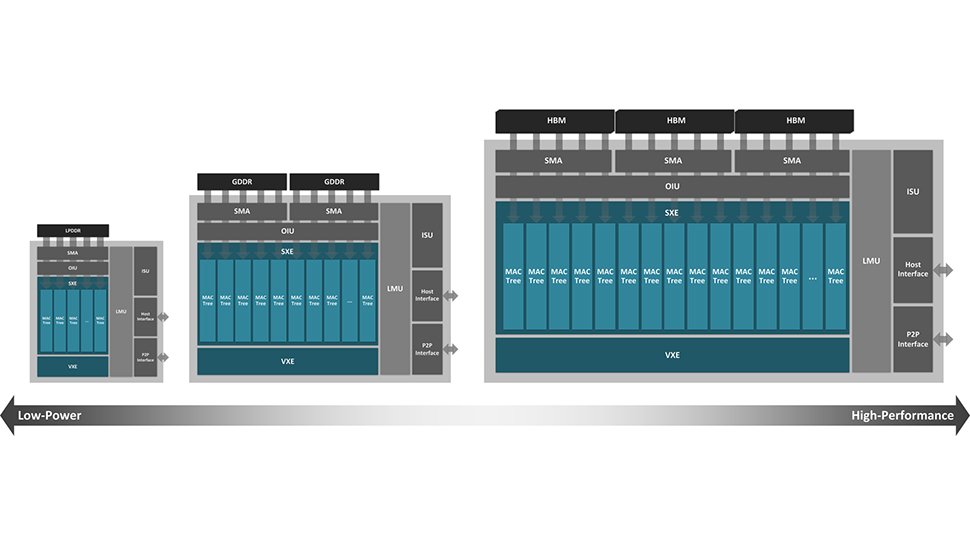South Korean AI startup HyperAccel partnered with platform-based SoC and ASIC designer SEMIFIVE back in January 2024, to develop the Bertha LPU.
Tailored for LLM inference, Bertha offers “low cost, low latency, and domain-specific features,” with the aim to replace “high-cost and low-efficiency” GPUs. SEMIFIVE reports that work has now concluded, and the processor, designed using 4nm technology, is slated for mass production by early 2026.
HyperAccel claims Bertha can deliver up to double the performance and 19 times better price-to-performance ratio than that of a typical supercomputer, but it faces tough competition in a market where Nvidia’s GPUs are so deeply entrenched.
Facing challenges
“We are delighted to work with SEMIFIVE, a leading provider of SoC platforms and comprehensive ASIC design solutions, for the development of Bertha to be mass-produced,” said Joo-Young Kim, CEO of HyperAccel. “By collaborating with SEMIFIVE , we are excited to offer customers AI semiconductors that provide more cost-effective and power-efficient LLM features than GPU platforms. This advancement will significantly reduce the operational expenses of data centers and expand our business scope to other industries that require LLMs.”
Groq, an AI challenger headquartered in Silicon Valley and led by ex-Google engineer and CEO Jonathan Ross, has already made strides with its own LPU product, focusing on high-speed AI inference.
Groq’s technology, which provides cloud and on-prem inference at scale for AI applications, has already found a sizable audience with over 525K developers using the LPU since it launched in February. Bertha’s late entry might put it at a disadvantage.
Brandon Cho, CEO and co-founder of SEMIFIVE, is more upbeat about Bertha’s chances. He said, “HyperAccel is a company with the most efficient and scalable LPU technology for LLMs. As the demand for LLM computation is skyrocketing, HyperAccel has the potential to become a new powerhouse in the global processor infrastructure.”
Bertha’s focus on efficiency could attract enterprises looking for alternatives to reduce operational costs, but with Nvidia’s dominance unmatched, HyperAccel’s product may find itself fighting for a niche in an already crowded space, rather than becoming an AI leader.
More from TechRadar Pro
These are the best AI tools around todayGroq’s ultrafast LPU could well be the first LLM-native processorAI is becoming increasingly vital in software development
This articles is written by : Fady Askharoun Samy Askharoun
All Rights Reserved to Amznusa www.amznusa.com
Why Amznusa?
AMZNUSA is a dynamic website that focuses on three primary categories: Technology, e-commerce and cryptocurrency news. It provides users with the latest updates and insights into online retail trends and the rapidly evolving world of digital currencies, helping visitors stay informed about both markets.
